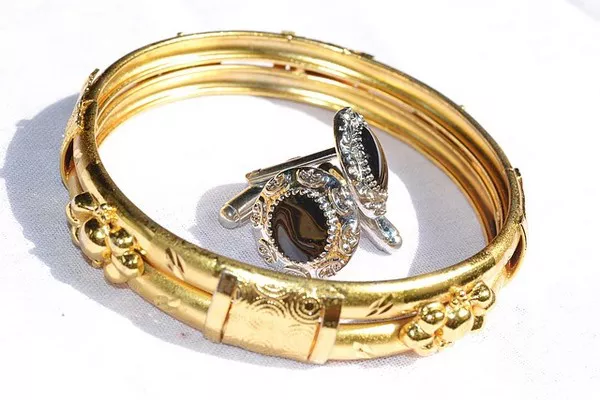Numismatics, the study and collection of coins and currency, has long been a fascination for collectors and investors alike. Among the myriad coins that have piqued the interest of numismatists, the 1972 silver dollar stands out as an intriguing piece of history. Its value is not only determined by its precious metal content but also by its rarity, historical significance, and overall condition. In this article, we delve into the factors that contribute to the worth of a 1972 silver dollar, exploring its historical context, numismatic characteristics, and current market dynamics.
Historical Context:
The year 1972 holds particular importance in numismatic history. It marked the bicentennial anniversary of the birth of America’s first president, George Washington. To commemorate this occasion, the United States Mint issued a series of commemorative coins, including the 1972 Eisenhower dollar. This coin, which features the profile of President Dwight D. Eisenhower on the obverse and the Apollo 11 insignia on the reverse, holds both historical and cultural significance.
Furthermore, the 1972 silver dollar holds a unique place in the hearts of coin collectors due to its role as a memento of a pivotal era in American history. The early 1970s were marked by the end of the Vietnam War, the ongoing Apollo space missions, and a rapidly changing social and political landscape. As such, the 1972 silver dollar captures a snapshot of this transformative period.
Numismatic Characteristics:
The 1972 silver dollar is crafted from a composition of 75% copper and 25% nickel, rendering it resistant to tarnish and wear. Its diameter of 38.1 millimeters makes it a substantial coin in terms of size. The coin’s obverse features the striking profile of President Eisenhower, while the reverse depicts the Apollo 11 mission insignia—an eagle with an olive branch descending to the lunar surface.
However, it’s important to note that while often referred to as the “silver dollar,” the 1972 Eisenhower dollar does not contain any silver. It’s a common misconception due to the term “silver dollar” being historically associated with older U.S. dollar coins that did indeed contain silver.
Rarity and Condition:
When assessing the value of a 1972 silver dollar, rarity and condition play pivotal roles. The mintage of a coin—the number of coins produced—directly impacts its scarcity. The 1972 Eisenhower dollar was struck for general circulation, and while it is not among the most scarce of U.S. coins, it is still relatively less common compared to some other issues.
Moreover, a coin’s condition, graded on a scale from Poor (P-1) to Mint State (MS-70), significantly influences its value. A coin in pristine, uncirculated condition (MS-60 and above) will command a higher price compared to one with signs of wear. Numismatic organizations, such as the Numismatic Guaranty Corporation (NGC) and the Professional Coin Grading Service (PCGS), provide expert grading and encapsulation services, further enhancing the coin’s value and authenticity.
Market Dynamics:
The value of a 1972 silver dollar has evolved over time, reflecting the ever-changing dynamics of the numismatic market. During periods of economic uncertainty, precious metals and numismatic treasures tend to gain popularity as safe-haven assets. In recent years, as the global economy experienced fluctuations, interest in collecting coins with historical and intrinsic value, like the 1972 silver dollar, has surged.
Online auction platforms, numismatic conventions, and specialized coin shops serve as avenues for collectors and investors to buy, sell, and trade coins. The rarity and demand for the 1972 silver dollar have led to price fluctuations based on market sentiment. It’s important for collectors and investors to stay informed about current market trends and seek guidance from numismatic experts to make well-informed decisions.
Determinants of Value:
Several factors contribute to determining the value of a 1972 silver dollar:
Mintage: The lower the mintage, the greater the potential rarity, and subsequently, the higher the value.
Grade: Coins in higher grades command higher prices due to their superior condition and eye appeal.
Historical Significance: The coin’s connection to historical events and figures can enhance its appeal and value.
Demand: High demand from collectors and investors can drive up the coin’s value.
Market Conditions: Economic factors, trends in the precious metals market, and broader collector sentiment impact coin values.
Conclusion:
The 1972 silver dollar serves as a captivating piece of numismatic history, encapsulating the bicentennial commemoration of George Washington’s birth and the transformative era of the early 1970s. Its rarity, condition, and historical significance contribute to its value, making it a sought-after treasure for collectors and investors. As with any numismatic endeavor, understanding the determinants of value and staying attuned to market dynamics are essential for those seeking to appreciate and potentially profit from this intriguing piece of Americana. Whether cherished as a piece of history or considered as an investment, the 1972 silver dollar continues to shine as a numismatic gem.


